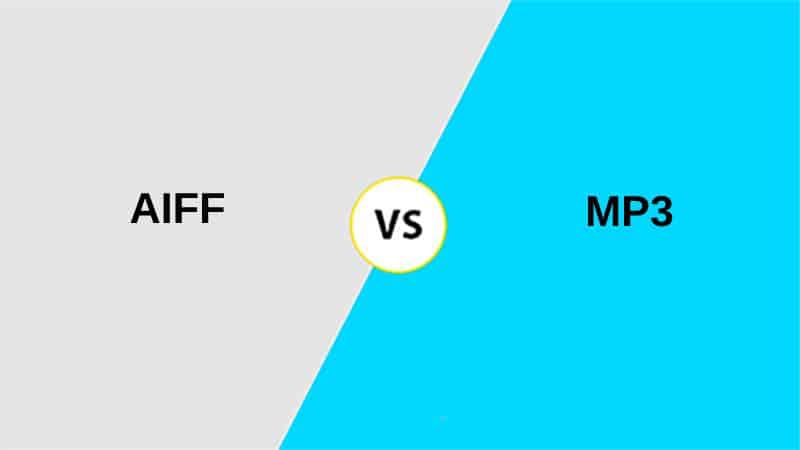The Airbus A380 and Boeing 747 are iconic and prominent commercial aircraft that have left a significant mark on the aviation industry. These jumbo jets have been the choice of airlines for long-haul flights, carrying passengers across the globe.
Design and Development
Airbus A380
- Origin: The Airbus A380 is a product of the European consortium Airbus. It was designed to meet the growing demand for air travel and reduce congestion at major airports.
- Twin-Deck Configuration: The A380 is renowned for its distinctive twin-deck configuration, with a spacious upper deck for premium classes and a lower deck for economy passengers.
- Entry into Service: The A380 entered service in 2007 and was the world’s largest passenger aircraft.
Boeing 747
- Origin: The Boeing 747, called the “Queen of the Skies,” was developed by Boeing in the United States. It was conceived in the late 1960s to revolutionize air travel.
- Wide-Body Design: The 747 introduced the concept of wide-body aircraft to commercial aviation, with a distinctive humpbacked upper deck.
- Entry into Service: The first 747 entered service in 1970 and became the world’s first wide-body jetliner.
Capacity and Layout
Airbus A380
- Passenger Capacity: The A380 is known for its impressive passenger capacity, with a typical seating configuration accommodating around 555 passengers in a three-class layout.
- Configurable Space: Airlines have flexibility in configuring the A380’s interior, offering a range of seating options, including luxurious first-class suites, business class, and economy class.
- Lounge Areas: Some airlines have introduced onboard lounge areas and amenities, enhancing the passenger experience on long-haul flights.
Boeing 747
- Passenger Capacity: The Boeing 747 also offers a substantial capacity, seating around 416 passengers in a three-class layout.
- Upper Deck: The humpbacked upper deck 747 has been utilized for various purposes, including premium seating and lounges.
- Cargo Space: The 747 has the advantage of a large cargo hold, making it suitable for transporting passengers and freight.
Range and Performance
Airbus A380
- Range: The A380 has an impressive range of approximately 8,000 nautical miles (14,800 kilometers), allowing for non-stop flights on long-haul routes.
- Fuel Efficiency: Despite its size, the A380 is designed for fuel efficiency, benefiting from advanced aerodynamics and modern engine technology.
- Quiet Operation: The aircraft’s quiet operation and reduced noise levels enhance the passenger experience.
Boeing 747
- Range: The 747 offers a range of approximately 7,730 nautical miles (14,320 kilometers) for its latest variants, providing the capability for long-distance flights.
- Fuel Efficiency: Over time, the 747 has undergone updates to improve fuel efficiency and reduce emissions.
- Longevity: The 747 is renowned for longevity and durability, with some early models still in service with cargo operators.
Technological Innovations
Airbus A380
- Fly-by-Wire Technology: The A380 features advanced fly-by-wire technology, which uses electronic systems to control the aircraft’s flight surfaces. This technology enhances control and stability.
- Cabin Pressure: The A380 offers a lower cabin altitude than older aircraft, contributing to passenger comfort during long flights.
- Noise Reduction: Noise-reduction technology in the A380’s engines and design minimizes the impact of engine noise on passengers and communities near airports.
Boeing 747
- Wide-Body Innovation: The 747 introduced the concept of wide-body aircraft, revolutionizing air travel by significantly increasing passenger capacity.
- Advanced Avionics: Over the years, the 747 has seen advancements in avionics, improving navigation, communication, and safety systems.
- Freighter Conversion: Many older 747s have been converted into freighters, extending their usefulness and contribution to cargo transportation.
Popularity and Orders
Airbus A380
- Orders: The A380 faced challenges in terms of demand, with fewer orders than initially expected. As of the knowledge cutoff date in September 2021, Airbus had received around 251 orders for the A380.
- Limited Operators: A limited number of airlines operate the A380 due to its capacity and the specific needs of long-haul routes.
Boeing 747
- Historical Significance: The 747 has a rich history and has been a flagship aircraft for many airlines. Over 1,500 747s have been built in various configurations, including passenger and cargo versions.
- Freighter Variant: The Boeing 747-400F is a popular choice among cargo operators, serving as a freighter aircraft.
- Legacy: While production of passenger 747s ceased, the aircraft continues to symbolize Boeing’s legacy in aviation.
Variants and Models
Airbus A380
- A380-800: The standard A380 model is the A380-800, which has been produced with different engine options to suit various airline requirements.
- A380plus: Airbus proposed the A380plus, featuring improved aerodynamics and cabin space, but it did not receive significant orders.
Boeing 747
- Multiple Variants: The Boeing 747 has seen multiple variants and models, including the 747-100, 747-200, 747-300, 747-400, and 747-8, each with different improvements and capabilities.
- 747-8: The most recent variant, the Boeing 747-8, offers enhanced performance, efficiency, and range. It comes in two versions: the 747-8 Intercontinental (747-8I) for passengers and the 747-8 Freighter (747-8F) for cargo.
Influence on Aviation
Airbus A380
- Hub-and-Spoke Operations: The A380’s capacity has influenced airlines to adopt hub-and-spoke operations, where passengers connect through major hubs for long-distance travel.
- Airport Infrastructure: The A380 necessitated upgrades to airport infrastructure, including larger gates and runways, to accommodate its size.
Boeing 747
- Pioneering Long-Haul Travel: The Boeing 747 pioneered long-haul travel, allowing airlines to offer more affordable international flights.
- Legacy and Icon Status: The 747 is iconic in aviation history and has significantly shaped the industry.
Conclusion
In summary, the Airbus A380 and Boeing 747 are two distinctive jumbo jets that have played significant roles in the history of commercial aviation. While the A380 is known for its impressive capacity and advanced technology, the Boeing 747 introduced the concept of wide-body aircraft and has a rich legacy as the “Queen of the Skies.” Both aircraft have left indelible marks on the aviation industry, symbolizing innovation, capacity, and long-distance travel.














